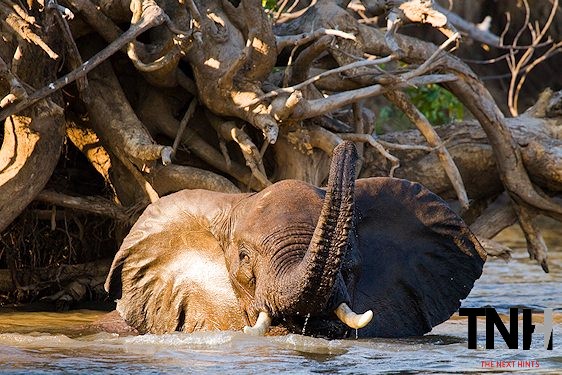Mammals of Zambia has a reputation as one of Africa’s last great wildernesses, with vast areas of unspoiled land that support a huge variety of wildlife. This makes spotting big game and small mammals a truly enchanting experience.
Several national parks and GMAs (Game Management Areas) exist in the Luangwa Valley. Consumptive utilization of wild animals is allowed in these areas but is regulated by the ZAWA.
Game drives
The best way to experience Zambia’s vast and diverse wildlife is on a game drive. These are short, few-hour trips in an open safari vehicle with one or two rangers who are experts on the local terrain and wildlife.
During the drive, you will usually have an opportunity to take in the scenery, hear the sounds and chat with your guide. This is an important part of a game drive as it enables the guide to give you expert knowledge and share incredible stories.
The region around the Zambezi River and its Barotse floodplains represent a major water and fish habitat, offering significant grazing for thousands of animals. These areas are home to many of Zambia’s most popular national parks, including South Luangwa, Lower Zambezi, and Kafue.
Canoe safaris
Canoe safaris offer a unique way to view Africa’s wildlife in a relaxed and peaceful manner. These are a great way to get close to elephants, buffalo, and crocodiles as you paddle along the Lower Zambezi River.
The best time to go on a canoe safari is between December and March when the weather is calm. However, the dry season can be very hot, so it’s a good idea to pack sun protection and a poncho for the boat.
Zambia’s 20 national parks are home to some of Africa’s most diverse animal populations. Besides the big five (lion, leopard, elephant, buffalo, and rhino), there are also spotted hyenas, Nile crocodiles, and sitatunga.
There are many types of canoe safaris, from full participation trips where you’re responsible for the entire adventure to ‘participatory’ expeditions where you can help set up camp and cook in the makeshift wilderness. Regardless of which type of safari you choose, ensure that the operator you’re booking has an excellent safety record and a high standard of guiding and camping.
Night Drives
Zambia is famed for its vintage expedition-style safaris in remote wilderness areas teeming with wildlife. Jeeps are most parks’ main mode of transport, and local guides know their way around them intimately, taking you to the best vantage points and decoding animal behavior as they go.
South Luangwa National Park is famous for spot-lit night drives, a thrilling experience to peer into leopards’ nocturnal world and see them slinking off to hunt. It’s also one of Africa’s few parks to allow night walks.
Kafue National Park isn’t a Big Five destination – but it has a high concentration of ungulates, including rare species such as the red lechwe and sitatunga antelope, and cheetahs are very frequent.
Liuwa Plains is another hidden gem within Zambia, one of the last remaining flooded grasslands that host the second largest wildebeest migration in Africa. Depending on the season, the Liuwa Plains provide a rich mix of birdlife and big game.
Birding
Birding is a great way to get outside and enjoy the world around you. Spending time birding can be as simple as walking around a park or driving, and it is great for your physical, mental, and emotional health.
It can also be a gateway into a larger world you may not have recognized before. You start to notice small details in the surroundings – like individual flowers or fruits – which can help you appreciate nature at a deeper level.
Birding can be an exciting part of any safari, especially if you want to see a lot of different species. Birding is also a popular hobby for wildlife photographers, with the advent of affordable digital cameras making it more accessible.


